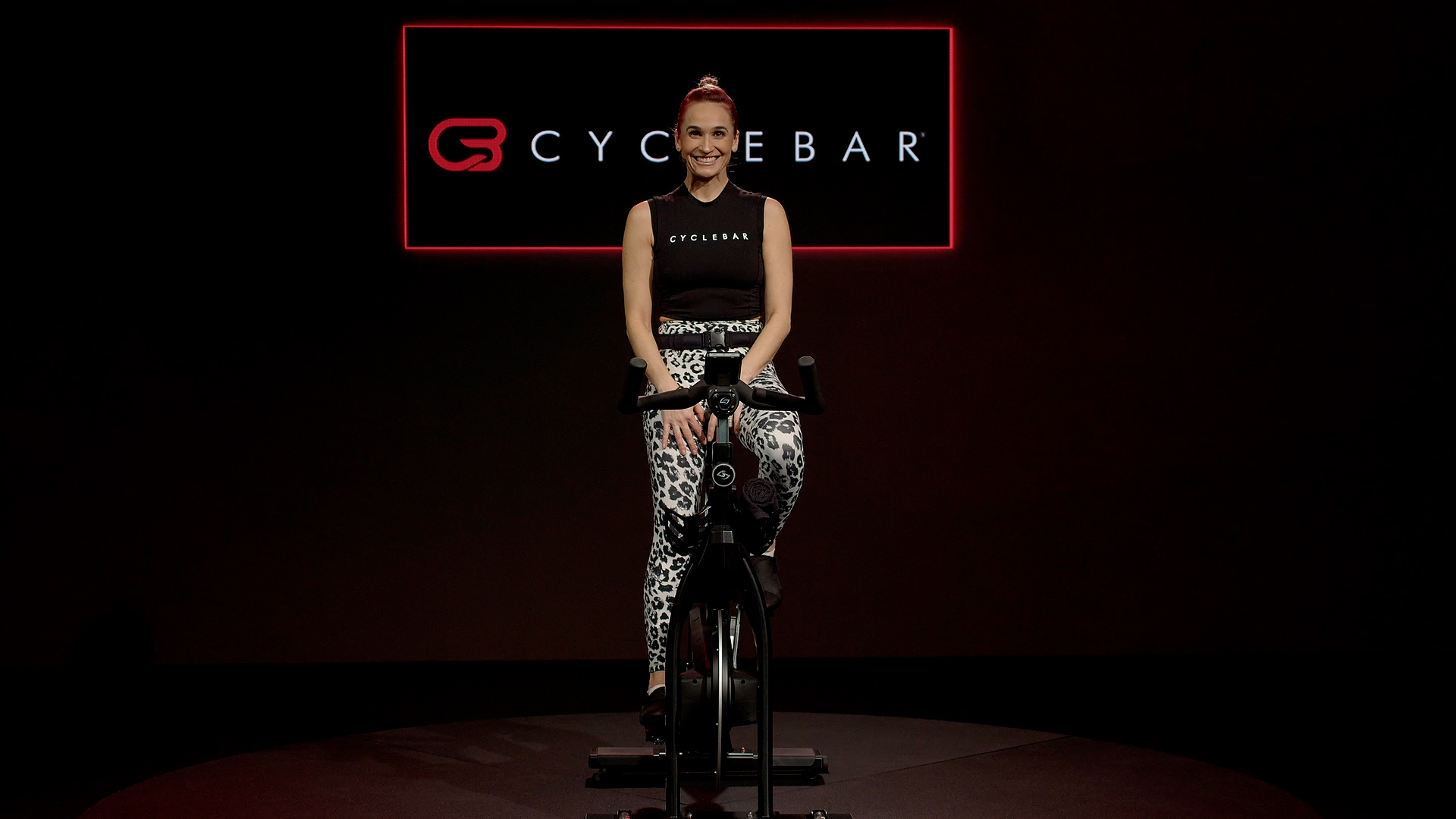
Indoor cycling is one of the best forms of exercise for anybody because it’s low-impact, improves cardiovascular and muscular endurance, helps build strength (especially in your legs), and most importantly, it’s fun! However, there are a great deal of people who think they dislike indoor cycling classes, likely because they are improperly setting up their bikes or practicing incorrect form.
With many people getting back into the gym in 2023 or enjoying a new stationary bike they got for the holidays, it’s important to make sure they are setting themselves up for success on their indoor cycling journey. Karen “Kmax” Maxwell, CycleBar XPRO for Xponential+ wants to make sure that is the case, so she offers the following tips for setting up your indoor cycling bike and preventing injury:
When standing next to your bike, the seat, or saddle, should be around your hip height. Another way to gage the proper seat height is lifting your knee up to hip height and making sure the seat is parallel with your thigh as you stand next to the bike.
After your seat is adjusted, you can set the handlebars to be at approximately the same height as the seat, or slightly above. Then you need to make sure the handlebars are correctly distanced from the saddle. Line up your fingertips with the center of the handles and your elbow with the tip of the seat – that is an ideal distance to give your legs space to pedal and your spine the proper curvature as you hold onto the handlebars.
Once you are clipped into the pedals and seated on bike, you can double check the seat height is correct by making sure your feet are mostly flat at the bottom of each pedal stroke. Your toes should not be pointing downward.